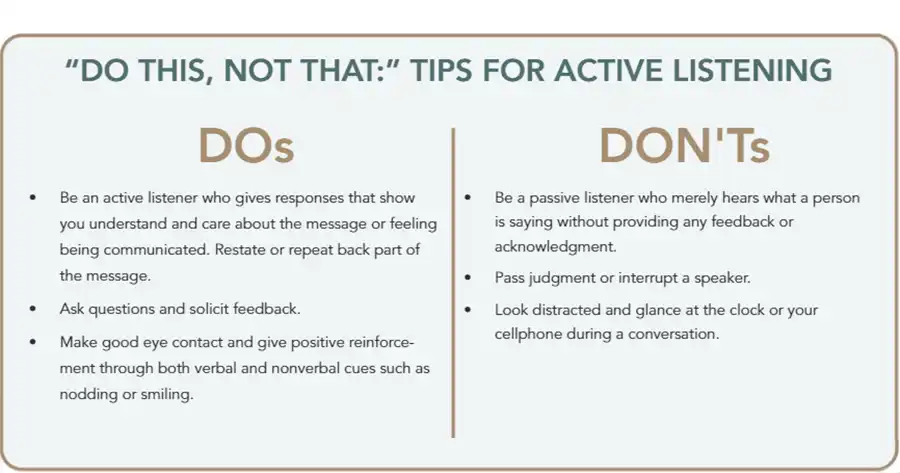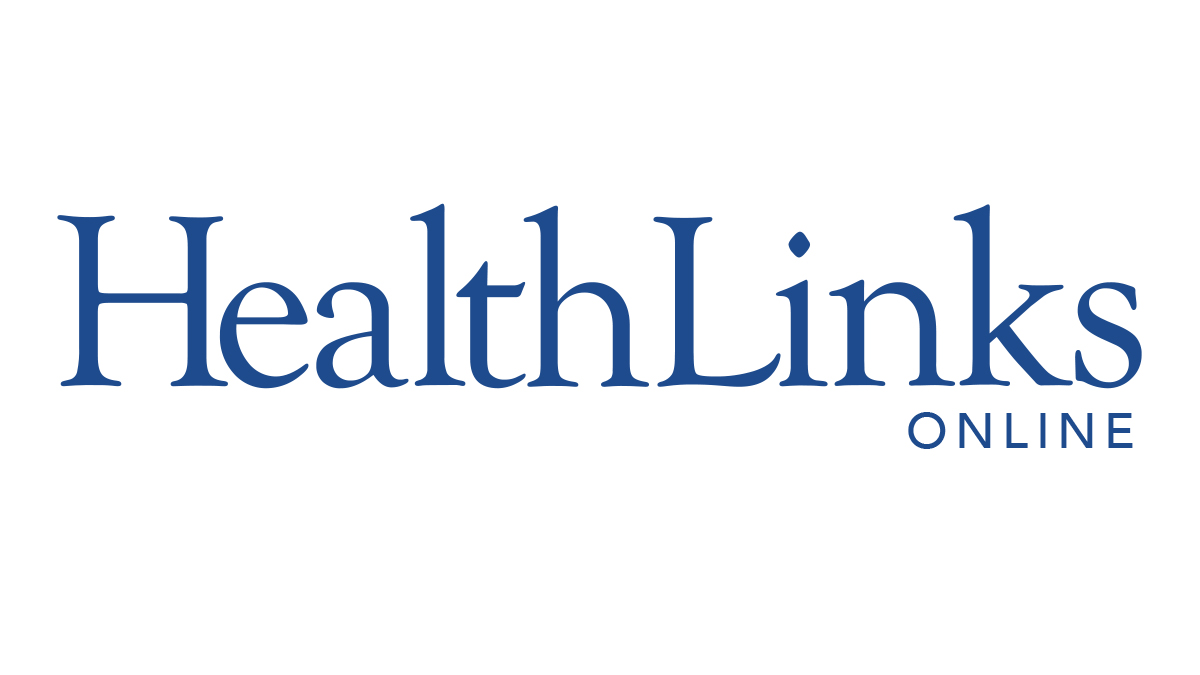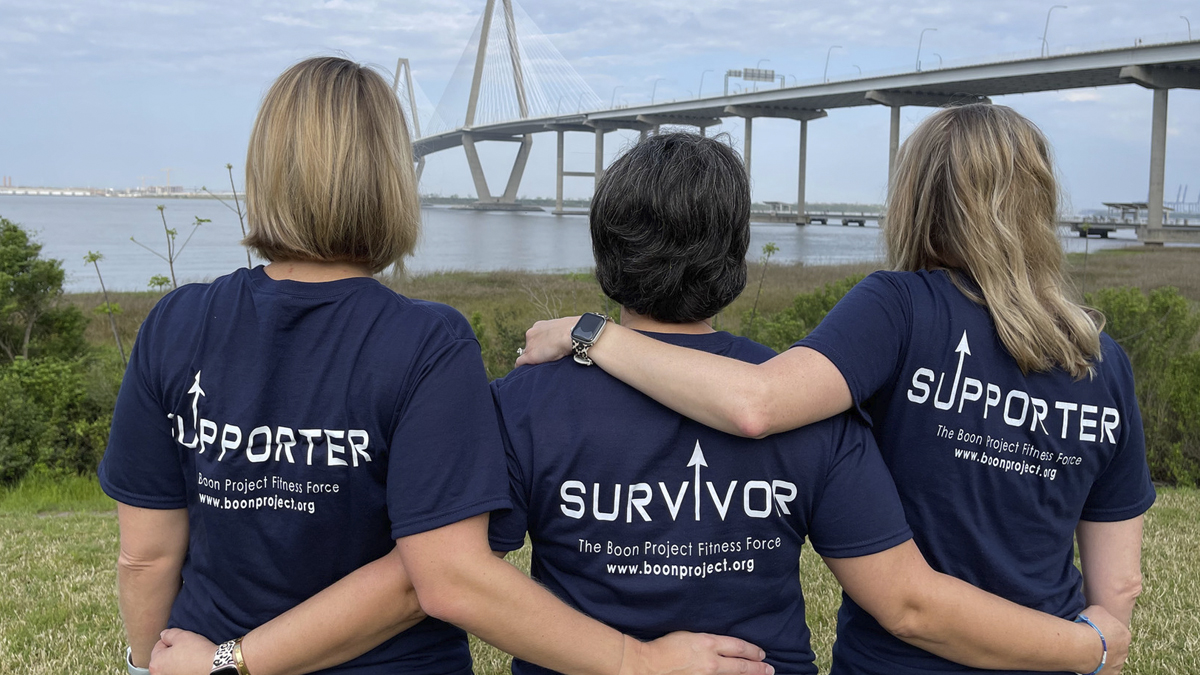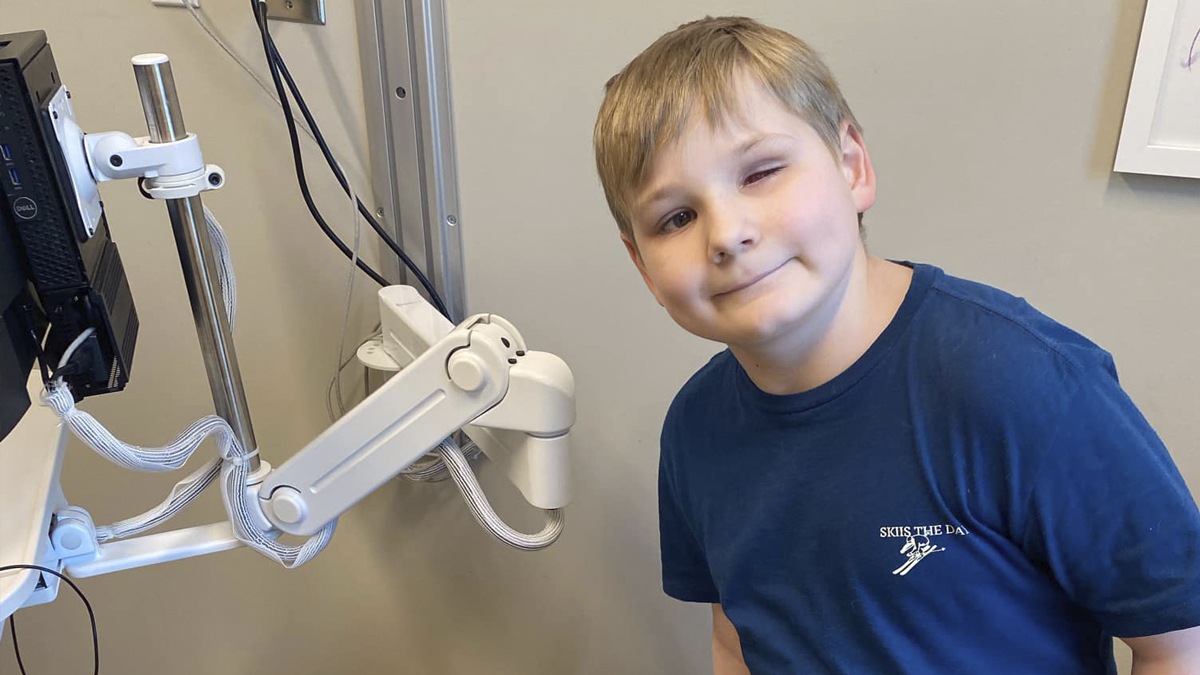It may sound like a simple thing, but it’s hard to underestimate the significance of listening and its impact on those we interact with on a daily basis in professional and social situations with co-workers, clients, family or friends.
Active listening is a vital communication skill that involves being engaged and present in a conversation and demonstrating that you are endeavoring to understand the message the other person is conveying. It requires giving someone your undivided attention without distractions.
Active listening builds trust between the speakers and listeners and shows speakers that they are valued, and their words matter.
Paul LaPenna, DO, a neurologist with Bon Secours St. Francis in Greenville, said that most of the time he can make a correct diagnosis just by carefully listening to a patient – even before imaging and labs. Active listening can also help avoid a misdiagnosis and improve health outcomes.
While active listening may be helpful in demonstrating empathy, he emphasized that “what matters most is the intent of the listener.” This means showing dignity and respect to patients and indicating that what they’re saying matters and that the doctor genuinely cares about them and their well-being.
One active listening technique Dr. LaPenna finds helpful is to let the patient talk uninterrupted for five minutes.
“One of the most important parts of listening to a person is not interrupting for a reasonable amount of time,” explained Dr. LaPenna, who is also a professor of clinical medicine at Edward Via College of Osteopathic Medicine in Spartanburg. “I hold off on giving my advice, and I repeat back what I thought I heard.”
Then he asks clarifying questions, and, once he has heard the patient, he makes recommendations: “That’s the ideal way to approach it.”
The Importance of Being Heard
Millicent Taylor, director of outpatient services with Palmetto Lowcountry Behavioral Health in North Charleston, described active listening as the most valuable skill in the mental health profession. Taylor, who is also a licensed professional counselor, explained that active listening, alternately called empathetic listening, “is a tool that is going to encourage patients to be understood and heard.”
Open-ended questions are one piece of the active listening puzzle.
“And that is going to encourage the person to continue to disclose important information – valuable information – that we as a clinician or a physician or anybody in the medical field needs to know in order to give them the best care and treatment that they need,” said Taylor. “Open-ended questions are kind of like encouraging them that this is a safe space to talk.”
Another facet of active listening is parroting or rephrasing, which involves repeating or summarizing what an individual said in different words, much as Dr. LaPenna does with his patients. This tells them that they are not only being listened to but are cared about as well.
Lindsey Schwartz, LMSW, lead therapist at Palmetto Lowcountry Behavioral Health, noted that active listening is an especially critical skill at a workplace like theirs, where they can essentially act as the de facto first responder or first line of defense for a person in crisis.
“In order for them to trust us or even start to build a rapport with us, we have to be able to show that we are here, we are listening and we understand what’s going on,” she said.
“Feeling heard and feeling that the person that’s interviewing you is understanding what you are saying is key,” Taylor added. “It makes them feel safe. It builds trust.”
Body language is also a crucial aspect of active listening. This requires maintaining eye contact – priority No. 1 – an open posture with no leg or arm crossing and no distracted glances at phones or laptops.
Balancing the Demands of Time and Patient Needs
In the medical profession, if a physician is distracted or not really listening closely it could lead to a misdiagnosis. An active listening approach can lead to greater patient satisfaction and overall health outcomes, in addition to its therapeutic effect on patients.
Although most doctors are well-trained in communication modules and understand the significance of active listening, balancing the competing demands of time, patient needs and productivity can be a challenge.
“I would love to have more time to spend with patients,” asserted Dr. LaPenna, who previously worked in outpatient neurology.
When a primary care physician must see 30 people over seven hours, for example, it can be difficult to give individual patients the time they need and practice active listening, he elaborated. His own family members have told him that when they have had a good experience with a doctor, they’ll say it’s usually because ‘they listened to me’ or ‘they spent time with me.’
A Judgment-free Zone
Moreover, it’s paramount as part of active listening that you withhold criticism or judgment of the speaker.
“And really see the world through their eyes,” stated Taylor. “And step into their shoes. It’s practice. I do it second nature now; I don’t think about it.”
While counselors and social workers are trained in active listening during their master’s program, Taylor said that for most recent graduates into the mental health counseling field, “It takes a minute to be able to put your judgments aside and really give that eye contact. And although you may disagree with what they’re saying, it doesn’t matter what we think. We’re trying to see where they are – in the present – and how they view what’s going on in their world so we can help them.”

Additional sources:
giftoflifeinstitute.org/the-importance-of-active-listening
verywellmind.com/what-is-active-listening-3024343
masterclass.com/articles/how-to-use-active-listening-to-improve-your-communication-skills
healthcarecomm.org/about-us/impact-of-communication-in-healthcare/
psychologytoday.com/us/blog/in-it-together/202006/active-listening-skills
By Colin McCandless







